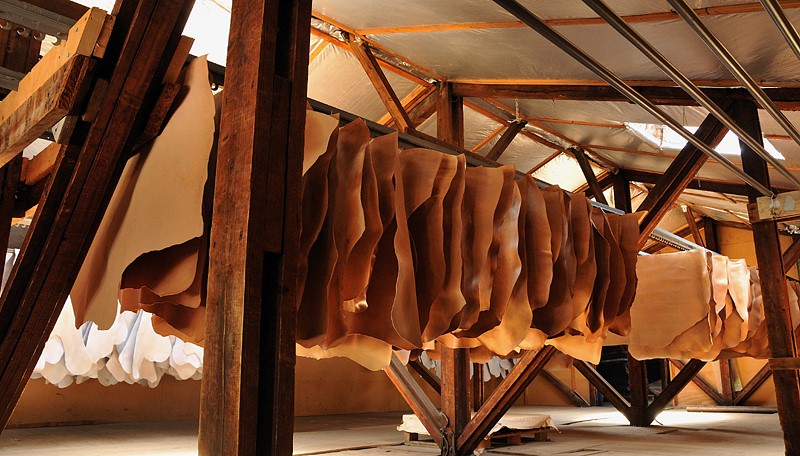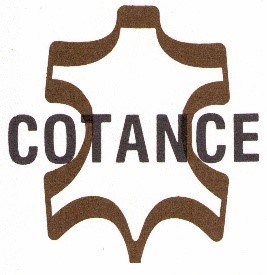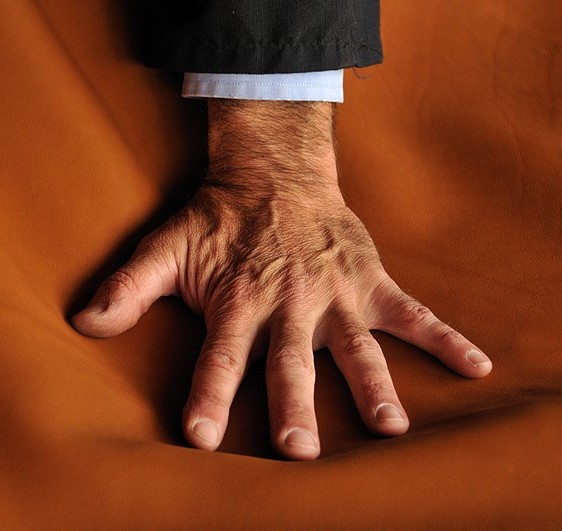Some encounters are real experiences; they make us feel good and won’t be forgotten. Among them is the experience of leather. Soft, firm, supple, and strong, leather comes with special sensory properties. It is has an appearance, a smell, a touch, a sound that appeals to our senses.
These sensations, so specific to leather, would not be possible without the transformation of an animal skin into a noble material. Through the tanning process, the skin is transformed into the rot-proof and highly durable material, with many properties we know as leather. This process has always fascinated man. Surrounded by poetry and mystery, it has been the subject of much research so that it could be better understood and improved. This research is the prerogative of tanners, the true alchemists of tanning.

Let’s consider the current processes for tanning leather:
Chrome Tanning:
Thanks to this type of tanning, using chromium III salts, leathers become supple, very resistant to friction and heat, and waterproof, and can be dyed in a wide range of colours. This is why 85% of leathers tanned in the world are chrome tanned.
In recent years, due to the risk of the formation of chromium VI, a skin-sensitising contaminant, chrome tanning has had a bad press. However, this is only an issue in poorly made leather. The risk can be well managed by the implementation of measures and controls to ensure consumer safety, as is the case in Europe. This is enforced by the restriction on chromium VI in leather, implemented in the EU REACH regulations.

Synthetic Tanning:
Some tanners practice chrome-free tanning, called synthetic tanning. This process is based on chemistry, using substances that interact with the collagen of the skin and tan it. The resulting leather has different properties to chrome-tanned leather. This means that leather made using these tanning materials may not be suitable for all the applications of chrome-tanned leather. Conversely, synthetically-tanned leathers may perform better in some applications. European tanners are working with their technical centres and chemicals suppliers to expand the options and applications of synthetic tanning.

Vegetable Tanning:
Vegetable tanning was already introduced in our previous Newsletter.
With its characteristic smell, its warm colours that deepen over time and this beautiful ageing effect called “patina”, vegetable-tanned leather embodies the very essence of this age-old material.

In conclusion, there is no competition between the different types of tanning; they offer a range of possibilities underlining the complexity and subtlety of the tanners’ know-how. Giving leather special properties shows the true skills of a tanner!
European tanners are modern alchemists. They know how to mix these tanning and retanning processes to make unique leathers, but also work ethically and responsibly while respecting people and the environment.
Edited in May 2022 by

In collaboration with


